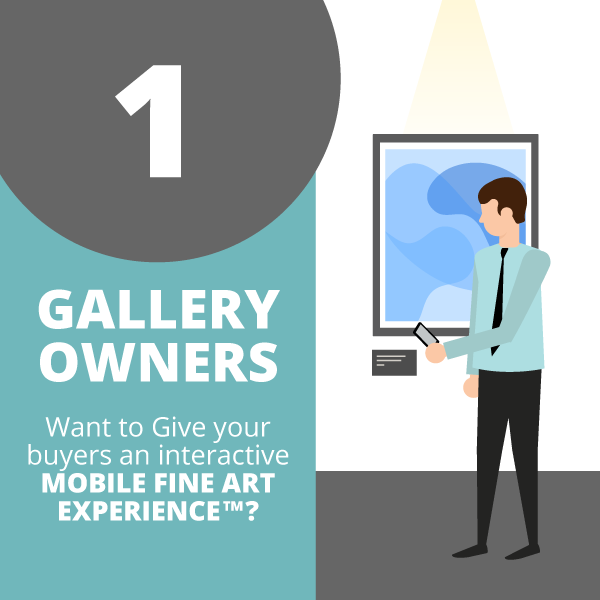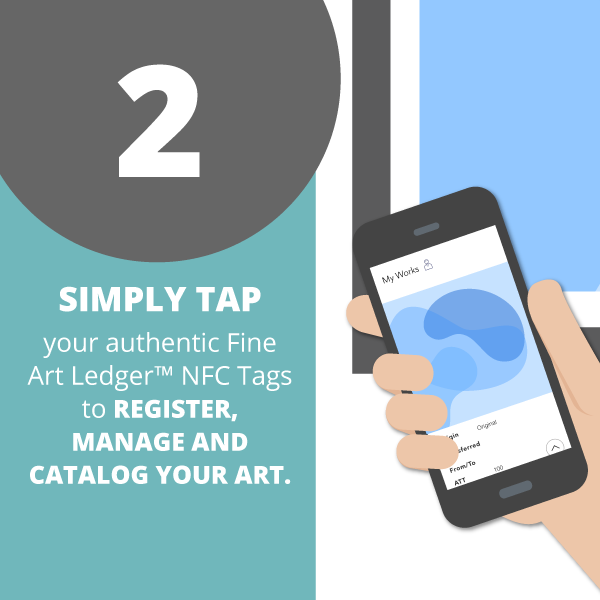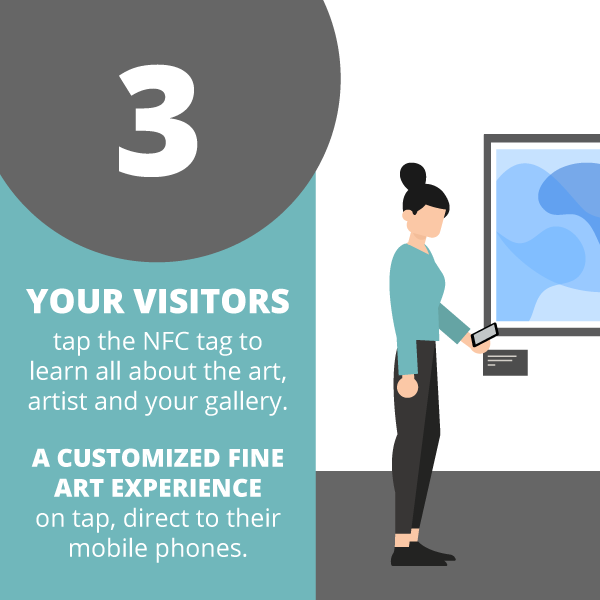Taking Art Galleries Next Level with Mobile Fine Art Experiences™
- Dec 4, 2019
- 4 min read
Updated: Nov 28
The Role of Art Galleries in the Fine Art Ecosystem
Art galleries play a crucial part in the fine art ecosystem.
In addition to market makers, primary galleries serve as ecosystems for artists, controlling and curating their output and managing their development as they mature.
A Static Gallery–Client Interaction Model
One aspect that has largely remained static over the years is gallery-client interaction, how the art is accessed, and the art story conveyed.
Yes, online presences, social media, and the proliferation of art fairs have changed the dynamic somewhat, but the essential interaction between gallery and client hasn’t changed much.
High-end galleries are, for the most part, uniform in their approach. Whether it’s London, New York, or Hong Kong, the setting is similar.
The Traditional Gallery Experience
Austere, the spaces reflect distance; the evenly-spaced works hung on neutral-colored walls and staff hunkered behind high-level reception desks, seemingly ever-engrossed in pressing gallery business. A bank of bookshelves behind them, neatly decked with art intelligentsia-appreciated titles.
Clinically, the spaces shun vinyl labels or any means of interacting with the pieces, other than raw visual appreciation.
Learning about the artist, her story, the artwork, and its story is often relegated to a plastic folder-enclosed biography and price sheet, and an often-stilted conversation with a seemingly detached gallery representative, assuming you can gather the nerve to start the discussion.
The Intimidating Nature of Galleries
That the fine art gallery is intimidating is as much part of the sales strategy as it is unnerving to the visitor. Creating distance preserves power in the hands of the art-knowledgeable to be revealed sparingly, only to those who qualify. Like cats seeking attention through indifference, galleries feign aloofness for the exclusivity.
But art should be accessible to all. Not only the art, but the information behind it. The art story. What motivated the artist in creating the piece, that frozen moment in time, encapsulating the artist’s perspective. What inspired the art, the background, the personality? The history.
All of this is not easily learned in a brief conversation with gallery staff. Can you focus, engage, and truly be absorbed in the art story while trying to appear knowledgeable and ‘worthy’ of the staff's time and attention?
The Need for Space: Absorbing and Understanding Art
In as galleries dictate space, art viewers need it too. The space to absorb, to appreciate, to ingest and digest the story. The space to learn.
The Fine Art Ledger’s Mission: Accessible Art Information
The Fine Art Ledger‘s mission is to make art and art information more accessible.
We believe that people want to learn, to be included, and to feel a part of something. We also believe that fine art inclusion and access to knowledge in what is often seen as an exclusive preserve will encourage more engagement and involvement, which can only be good for artists, dealers, galleries, museums, fairs, and other art market protagonists.
We believe that this can be done while preserving the gallery space, look, and feel by making the art information instantly available to the gallery visitor in her own time and space, without the need to engage in intimidating conversation, ask the right questions or feel less-than.
Introducing Mobile Fine Art Experiences™
We deliver this ability through what we call Mobile Fine Art Experiences, pushed to the gallery visitor‘s mobile phone on the tap of the phone near the artwork. That’s how FAL’s Mobile Fine Art Experience™ transforms gallery storytelling, enabling collectors to connect with each piece in their own space and time.
These Experiences tell the visitor about the art, the artist, and the history of the art to be enjoyed, allowing engagement with the art through learning at the viewer‘s own pace, time and in her own space.
Customizable Experiences for Galleries
The Experiences can be customized to the art gallery’s preferences, and include video content on the artist, the gallery, suggested other works, and provide easy access to the gallery’s web presence, all providing a trove of information, without changing the gallery’s look and feel or how the art is presented.
Visitor Insights and Analytics
In addition, the Fine Art Ledger’s Mobile Fine Art Experiences provide art galleries with the opportunity to stay in touch with gallery visitors and to understand in-gallery behavior and preferences. This ties into how visitor analytics reshape gallery engagement strategies, creating data-backed insight for a deeper connection. Which pieces proved more popular, how much time was spent with this piece, and why not that piece? Reaching out to visitors long after they have left the gallery through re-targeted promotional opportunities.
NFC Technology and Artwork Registration
The Fine Art Ledger’s Mobile Fine Art Experiences use Near Field Communication (NFC) technology, with each artwork registered to an NFC tag.
Registration of each artwork on The Fine Art Ledger is easy, starting with a simple tap of the NFC tag, allowing for easy gallery setup.
Blockchain-Authenticated Certificates of Authenticity
What's more is that The Fine Art Ledger catalogs each artwork in the gallery’s account on The Fine Art Ledger, with blockchain-authenticated Certificates of Authenticity forming part of the Mobile Fine Art Experience, and available in real-time on mobile phone tap. That’s how blockchain secures fine art provenance and ownership, embedding trust into every tap.
Post-Sale Transfer and Continued Engagement
And the Experience doesn’t end with the artwork’s sale. The gallery simply uses The Fine Art Ledger's transfer module to transfer the work to the buyer‘s own account on The Fine Art Ledger, giving the buyer an instantly accessible catalog of his collection, always available at the tap of the artwork. This makes clear how FAL simplifies post-sale ownership and collector engagement, ensuring every experience extends beyond the sale.
And of course, each time the buyer taps in the comfort of his living room, he gets the Experience all over again, with updated, dynamic content, reminding him of the gallery and engaging him with its artworks for sale.
How Mobile Fine Art Experiences Benefit Galleries

The Fine Art Ledger’s Mobile Fine Art Experiences bring art buyers and art galleries closer together, and can make more art buyers of the art-curious.
For more info or for a demo of The Fine Art Ledger‘s Fine Art Mobile Experiences, drop us a line here.















Comments